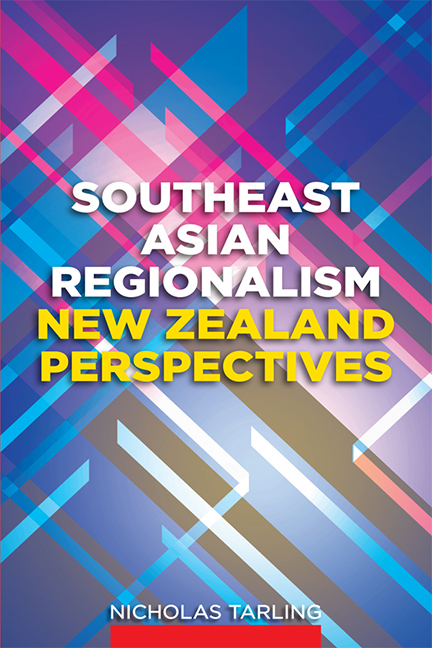The Treaty of Amity
Published online by Cambridge University Press: 21 October 2015
Summary
The treaty as concluded at the summit meeting, 23–25 February, covered the “machinery”. The preamble alluded inter alia to the desire “to enhance peace, friendship and mutual cooperation”, consistent with the UN Charter, the ten principles of Bandung, the Bangkok declaration of 1967, and the Kuala Lumpur declaration of 1971. Article 1 declared that the object was to promote peace, amity and cooperation, and Article 2 that the parties would be guided by the principles of “a. Mutual respect for the independence, sovereignty, equality, territorial integrity and national identity of all nations; b. The right of every State to lead its national existence free from external interference, subversion or coercion; c. Non-interference in the internal affairs of one another; d. Settlement of differences or disputes by peaceful means; e. Renunciation of the threat or use of force; f. Effective cooperation among themselves.”
The parties agreed to promote mutual understanding and cooperation, and to collaborate (Article 6) “for the acceleration of the economic growth of the region in order to strengthen the foundation for a prosperous and peaceful community of nations in Southeast Asia”. The parties were “to strengthen their respective national resilience in their political, economic, socio-cultural as well as security fields in conformity with their respective ideals and aspirations, free from external interference as well as internal subversive activities in order to preserve their respective national identities” (Article 11). They were also to “cooperate in all fields for the promotion of regional resilience, based on the principles of self-confidence, self-reliance, mutual respect, cooperation and solidarity” (Article 12).
Articles 13–17 covered the pacific settlement of disputes. Article 13 required the parties to have “the determination and good faith to prevent disputes from arising”. If they did, they were to refrain from force or the threat of force and to settle the disputes through friendly negotiations. “To settle disputes through regional processes”, Article 14 prescribed the setting up of a High Council, a continuing body comprising a representative of each of the parties to the treaty, “to take cognizance of the existence of disputes or situations likely to disturb regional peace and harmony”.
- Type
- Chapter
- Information
- Southeast Asian RegionalismNew Zealand Perspectives, pp. 75 - 89Publisher: ISEAS–Yusof Ishak InstitutePrint publication year: 2011

